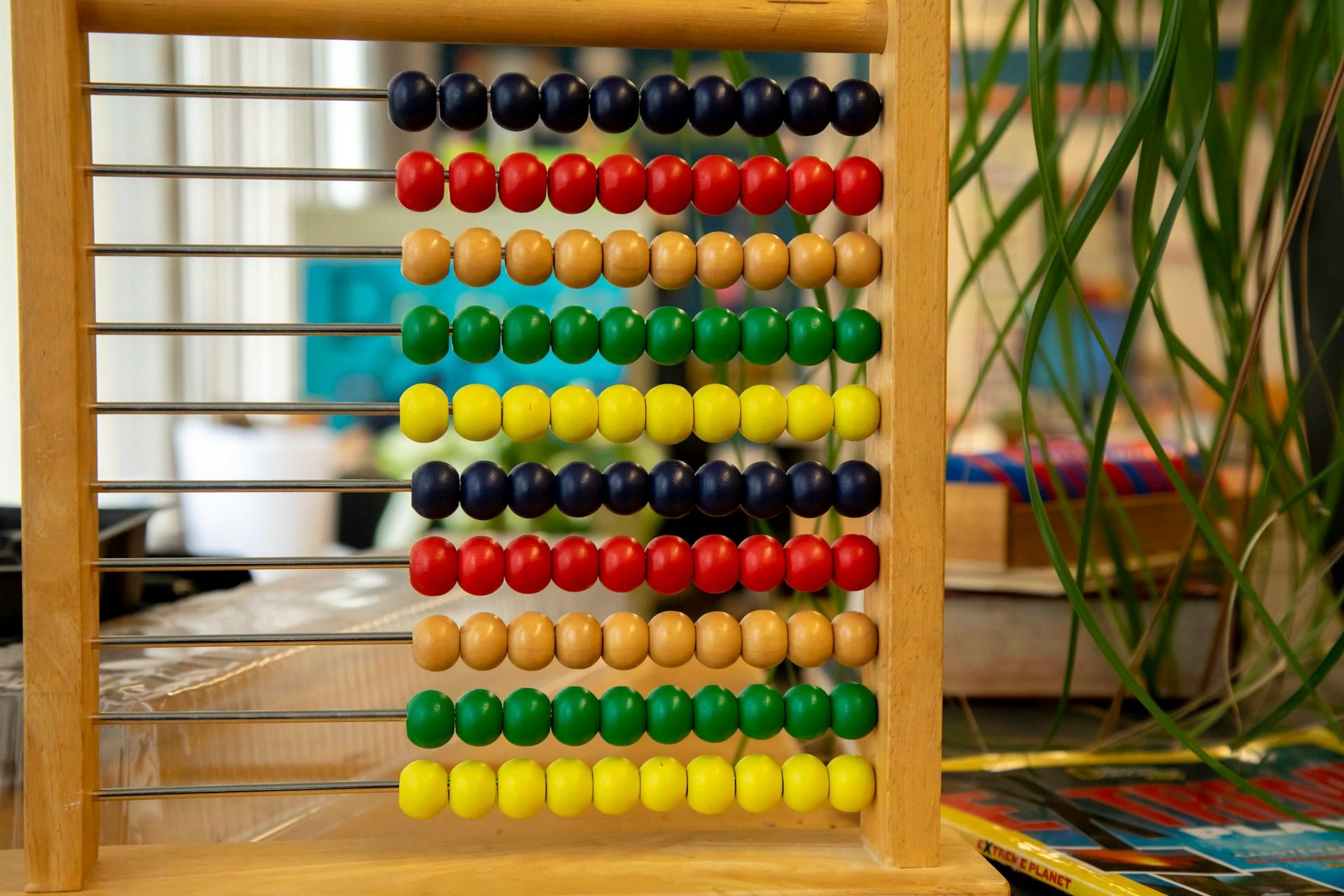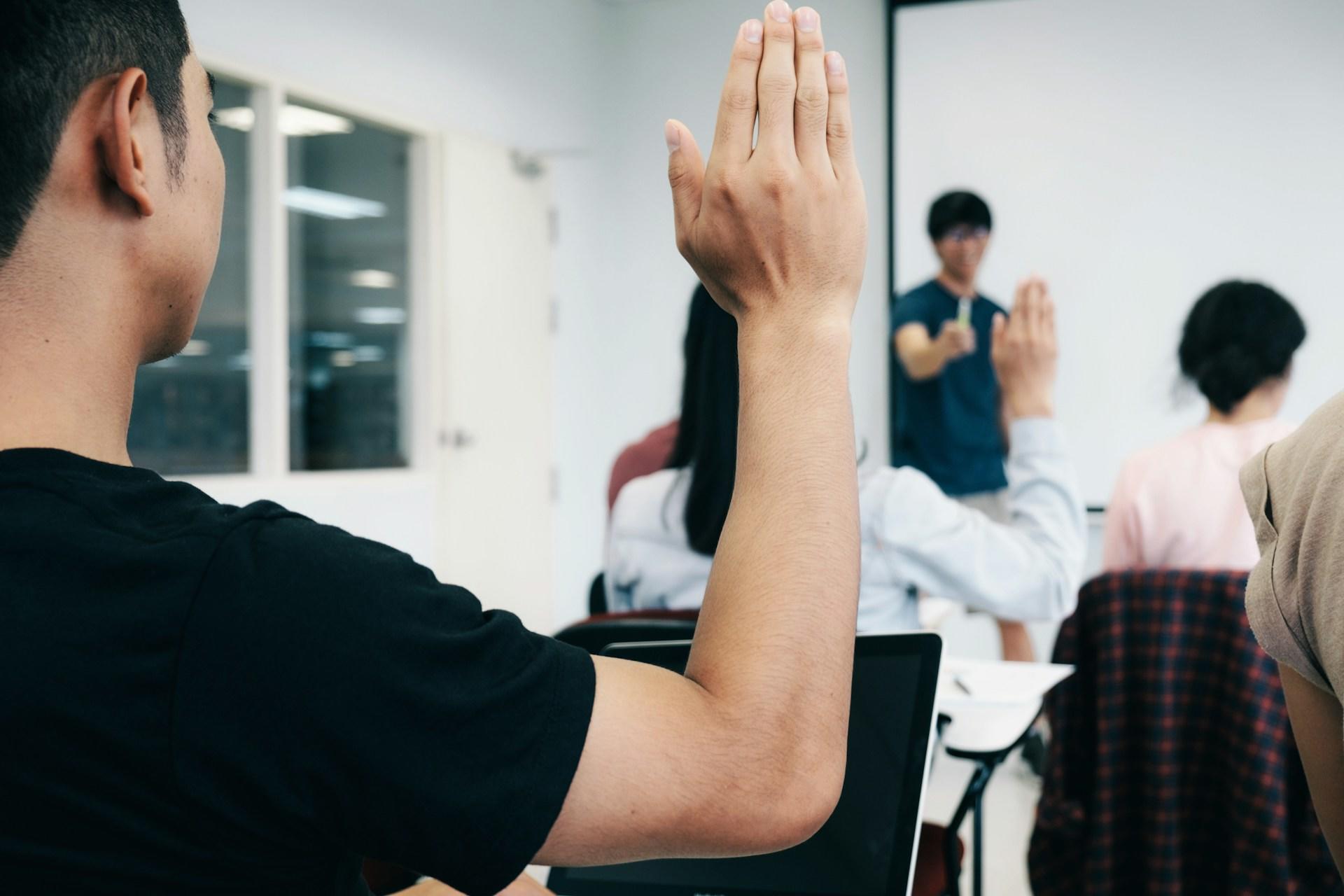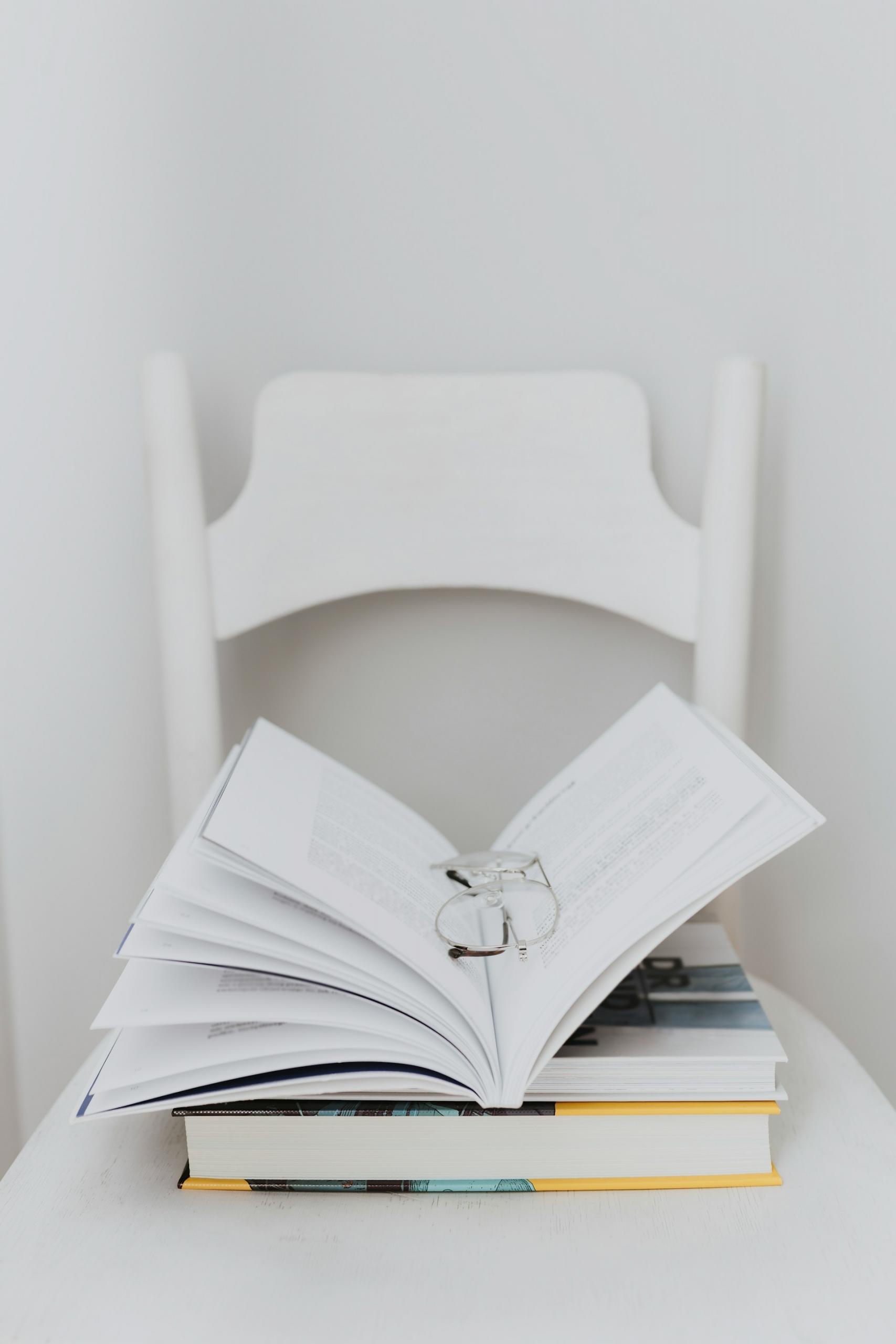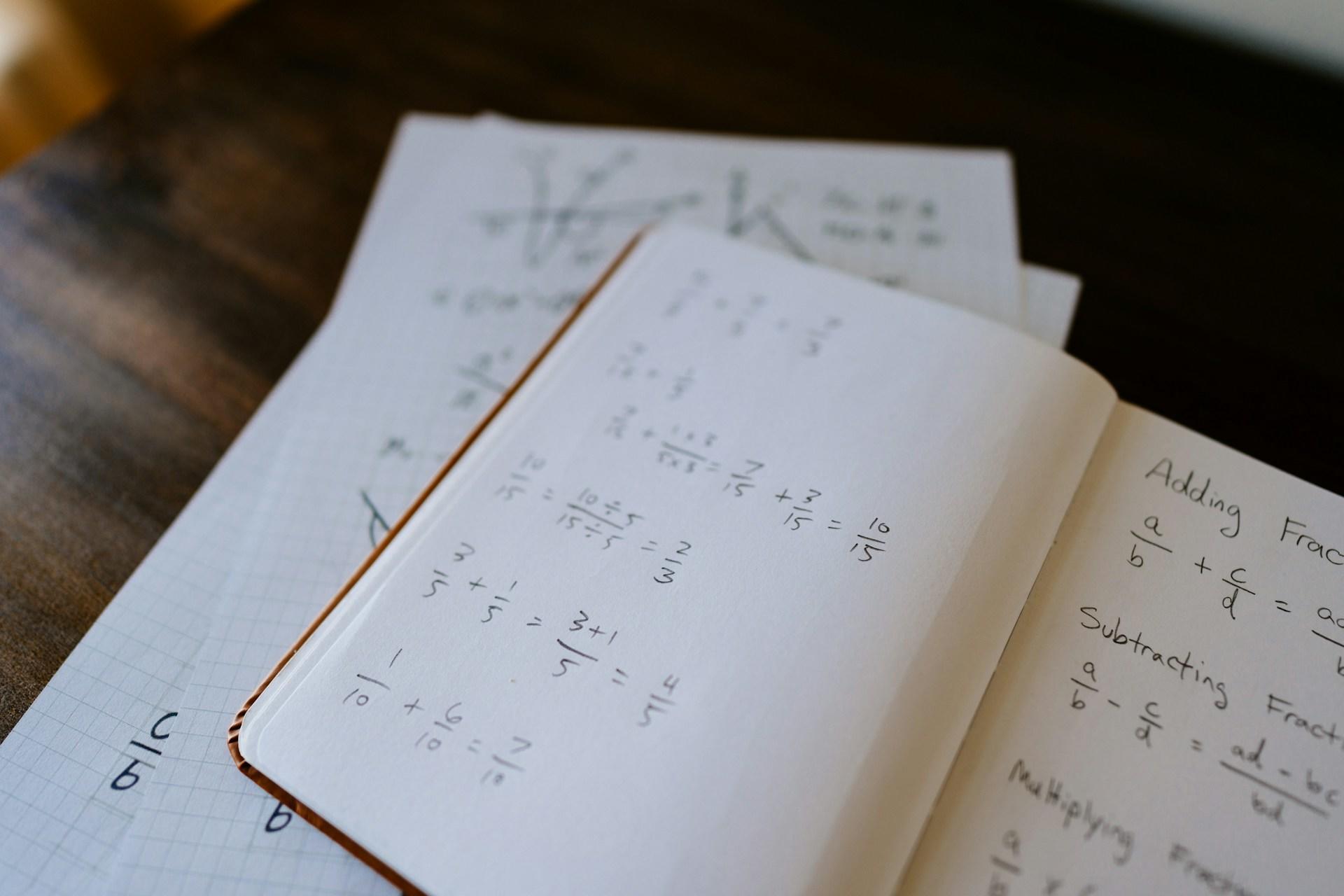Maths, a universal language, is so much more than numbers and equations. It's how we relate to the world around us, and understand how it works. Given the importance of this subject, it's surprising that maths instruction methods have remained unchanged for so long.
That evolution is underway, as you read this. UK schools are implementing the Singapore Maths method through the Department for Education's Maths Hubs. Thousands of UK schools teach from textbooks grounded in Singapore maths. Here, you can discover this method, how it works, and what it can do.
What to Know About Singapore Maths in the UK
- Singapore Maths is a relatively new maths instruction method
- Singapore Maths comprises a three-phase learning approach
- Students learn vital skills as they master mathematical processes
- UK students show improved maths outcomes with the Singapore learning method

Developing the Singapore Maths Method

Singapore gained its independence from Malaysia in 1965. The fledgling country had to build everything from nothing: its political and economic systems, its industries, and its government. The newly established education department imported textbooks from other countries, as they had no way to produce their own.
By the early 1980s, Singapore had many of its new-country challenges resolved.
Its Curriculum Development Institute (CDIS) began creating its own learning materials and strategies. Their first maths instruction book, Primary Mathematics, was an effective teaching tool. Still, it fell short of CDIS' achievement goals.
In 1992, ten years after its original publication, CDIS released a revised edition. This new maths curriculum puts more emphasis on visualisation and problem-solving. To create this new learning method, CDIS relied on three experts' work.
Zoltan Dienes
- 1960s: presented educational theories
- topic: make learning maths fun
- developed: base ten blocks
Jerome Bruner
- 1966: conducted research
- topic: childhood development
- developed the CPA method
Richard Skemp
- 1976: published a paper
- topic: relational learning
- suggested students develop a relationship with maths
However, we note that another educator's learning theories predate those three. Maria Montessori established her teaching method around 1907, when she opened her first classroom. Her Method includes elements that feature in Singapore Maths.
How Singapore Maths and the Montessori Method Compare
This chart places the two methods side by side, and shows where they differ.
| 🔢Curriculum aspect | ➕Singapore Maths | 🏫Montessori Method |
|---|---|---|
| Single subject focus | Yes | No |
| Learn by manipulation | Yes | Yes |
| Express concepts verbally | Yes | Yes |
| Design visual representations | Yes | No (not exactly) |
| Connect concrete concepts with abstract thinking | Yes | No (not exactly) |
| Promotes critical thinking | Yes | Yes |
| Emphasises problem-solving | Yes | Yes |
One of the main differences between the two methods is their intent. The Montessori Method is a system for learning how to learn. It fosters discipline and independence, two conditions Singapore maths does not address. Subject-specific education, and how to teach the concepts, are two more ways the systems aren't the same.
Finally, the Montessori Method favours individual discovery. With the Singapore Method, entire classrooms apply bar models to specific problems, at the same time. The Montessori Method prefers that students work with little teacher guidance, as the clip above shows. Students may sometimes benefit from extra support provided by a tutor maths to solidify their understanding.
The CPA Approach Maths
To truly understand something, you need to establish a meaningful connection with it. That might sound strange in a maths context but, it is precisely the foundation of Singapore Maths. Developing a relationship with an abstract concept like maths means making it touchable and visible.

Once a concept is made tangible and visible, it becomes approachable, enabling pupils to feel confident in tackling it. This progression forms the basis of the three phases in the Singapore Maths method, formally known as CPA, which stands for Concrete, Pictorial, Abstract.
Concrete phase
learners use items to model the math concept.
Pictorial phase
learners diagram the math concept.
Abstract phase
learners apply those experiences to solve maths problems.
The acronym CPA leaves out an important component: talking. As students learn to model mathematical problems, they will also begin to express themselves mathematically. Indeed, the Concrete phase can be quite loud, as teachers should have students talk through maths problems.
We can understand the CPA approach by what it intends to do. It means to make maths relatable, and acceptable. It helps students internalise the relationships between numbers, and mathematical properties. Along the way, students learn how to think critically, and apply logic.
CPA's crucial aspect is that it's an ongoing process. One doesn't manipulate items during Key Stage (KS) 1, and then move into the pictorial phase during KS 2, for instance. In this clip, we see maths instructor Jaime Escalante engage his secondary school students with cut-up apples. He uses the fruit to teach them about fractions and percentages.

What is Singapore Maths?
You might wonder: isn't all that just maths instruction by another name? You're right, but only if one takes a narrow focus.
It's an active learning system that focuses on subject mastery.
The broader view shows us that this method teaches students to think mathematically. Better said: it focuses on developing problem-solving skills, not on remembering maths facts.
The 'active learning' part tells us that students are involved in their studies. They don't just sit and listen to their teacher, and complete worksheets.
How Does Traditional Maths Instruction Compare?
We can rely on the stunning turnaround Singaporean students made in global maths assessment scores to make our point. Beginning in the mid-2010s, these learners topped every global ranking, and they've never left the top spots.
We must remember that, before Singapore developed its own curriculum, its students learned from imported textbooks. Their remarkable improvement happened after they adopted their own curriculum. Barring some mystery, we must conclude that the phenomenon has everything to do with the change in how they learn. Put side by side, the differences are dramatic.
Traditional maths education
- many topics shallowly
- rote repetition until memorised
- concepts taught by level
- abstract presentations
- emphasis on remembering
Singapore Maths method
- fewer topics deeply
- internalising, not memorising
- concepts taught by sequence
- hands-on experiences
- emphasis on problem-solving

The Singapore Method Math Outcomes
The Singapore Maths method is just over 40 years old. It drew global attention thanks to Singaporean students suddenly acing every international maths assessment.
In 2015, the Organisation for Economic Co-Operation and Development (OECD) ranked Singaporean students the best at maths.
That nation's students have remained at or near the top of those rankings ever since. Educational departments around the world explored how they, too, could capitalise on that success. For that, they had to go back to this method's beginnings.
1960s and 70s
Educational researchers publish landmark papers
1982
Singapore develops its own maths curriculum
1992
Singapore revises its curriculum
It incorporates ideas from those research papers
1995
International maths assessments show Singaporean students' improvements
The US labels this learning system Singapore Maths
2005
The American Institute for Research recommends this method
2008
Singapore ranks first in the world for quality education
According to the Global Competitiveness Report
2009
The UK adopts Singapore Maths
Singapore Maths in the UK

When our Department for Education (DfE) embraced this Method, it wasn't a smooth rollout. This office had to decide how to adapt this curriculum to British classrooms. Many schools rely on a tutor maths resource for extra support.
The government had to find the money for teaching materials, and to train the teachers. They had a lot of further education classes to plan and get through. As I write this, the DfE still has schools to supply, and teachers to train in the Singapore Method.
So, it comes as no surprise that our improved maths outcomes will take time to appear. That also explains our schools' cautious optimism over early results. We have a way to go before seeing anything like the dramatic surge Singaporean students demonstrated.
If we could apply the Singaporean maths bar model, we'd see the success percentage portion grow bigger each year. Our schools and our DfE still have work to do to realise this initiative's full potential. Nevertheless, accomplishments so far speak for themselves.
Educational Outcomes for UK Students
The results of national reference tests, introduced by Ofqual in 2017, also reflect a steady improvement in pupil performance between 2017 and 2020.
Department for Education report
According to OFSTED and the DfE, UK maths outcomes have been on an upward trend since 2017. That's eight years since our Singapore Maths rollout. We might explain the lag by pointing out that supplying the materials takes time. So does teaching the teachers those classroom strategies.
according to a 2024 National Foundation for Educational Research report.
Still, statistics show that "Mathematics is increasingly the most popular choice at A Level", according to the report. It further states that "Mathematics and Further Maths are the subjects that have the highest proportion of A* and A grades awarded".
This report does not specifically mention Singapore Maths. However, it lists aspects that sound exactly like this teaching method. Furthermore, it references Maths Hubs more than once. As noted earlier, that initiative functions to ensure successful Singapore Maths classroom implementation.
What else do we need to know about Singapore Maths? By all accounts, it is an effective method for maths mastery. Our own assessment tracking agencies insist that student outcomes are higher than when using 'old maths' techniques.
Most importantly, our students leave school more competent, and confident, than in years past. That is the best of all outcomes.















